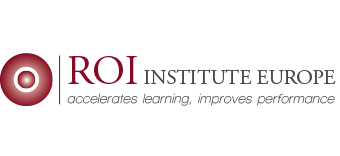The Business Case for learning
Use Design Thinking to deliver business results and increase the investment in talent development.
Executives recognize that learning is necessary to meet the challenges of a complex and global economy, to drive change, and to create greater stakeholder value—in short, learning is critical to an organization’s present and future prosperity. Unfortunately, there are some persistent concerns within the learning and development community around the importance of learning as well as both how and when it should be provided.
The Business Case for Learning helps to put those concerns to rest by highlighting the reasons why learning is an absolute necessity, how it adds value to an organization’s bottom-line and, through a methodical, 8-step, results-driven process, how to enhance the learning and talent development investment. The book concludes with a “call to action” offering tools, templates, assessments and guides to enrich application.









